The Wonderful Story of Henry Sugar Review: A Multi-Layered Meta-Narrative
The line between adaptation and originality often blurs, yet Wes Anderson’s “The Wonderful Story of Henry Sugar” emerges as a whimsical yet contemplative tapestry. Based on a Roald Dahl short story, the film is a meta-narrative that explores the life of Henry Sugar, a wealthy gambler played by Benedict Cumberbatch, who discovers a mystical ability to see without his eyes. The film is a labyrinth of stories within stories, narrated by a reclusive writer portrayed by Ralph Fiennes, who serves as a stand-in for Dahl himself.
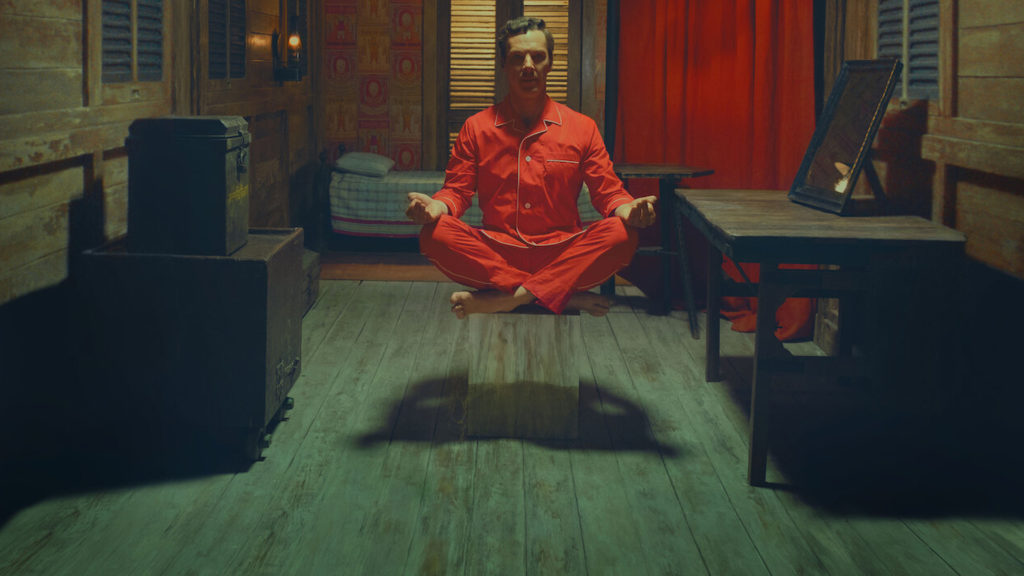
Anderson’s signature style—meticulous sets, rapid-fire dialogue, and a penchant for the fantastical—finds a harmonious match in Dahl’s narrative. The director limits the action to a series of intricate sets that evoke the work of Czech filmmaker Karel Zeman, blending live-action and animation in a manner that is both nostalgic and innovative. The actors, including Ben Kingsley and Dev Patel, address the camera directly, serving as both narrators and characters, a technique that lends the film a stage-like quality. This approach, while experimental, creates a rapid-fire energy that keeps the audience engaged.
The film’s narrative structure is its most striking feature. It begins with Fiennes, dressed in earthy tones, introducing the story from a cozy, cluttered writing hut that is a meticulous recreation of Dahl’s own. The film then delves into multiple layers, each introduced by a new character, creating a Russian doll effect that is both disorienting and delightful. This structure aligns perfectly with Anderson’s previous works like “The Grand Budapest Hotel” and “The French Dispatch,” where the act of storytelling is as vital as the story itself.
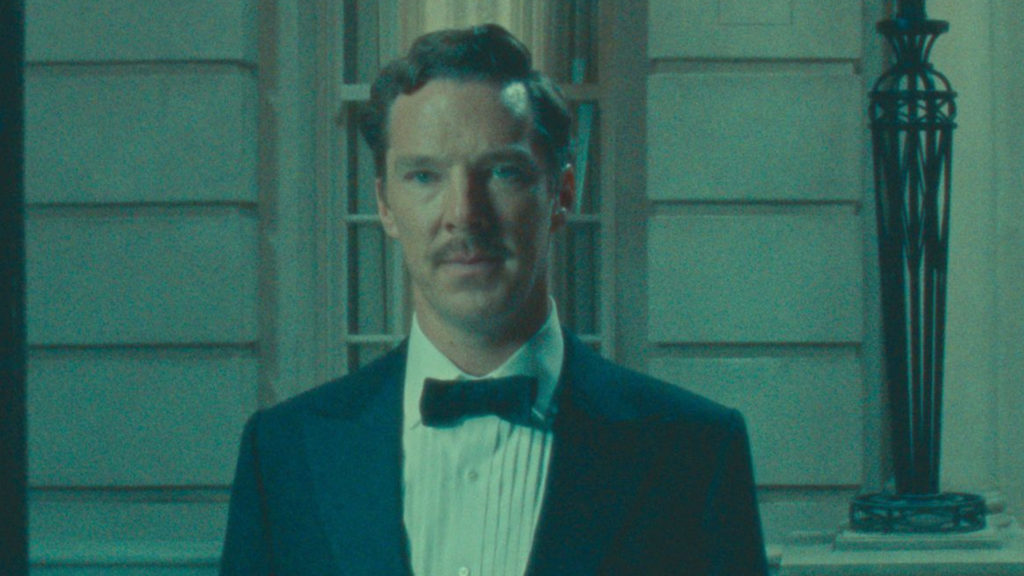
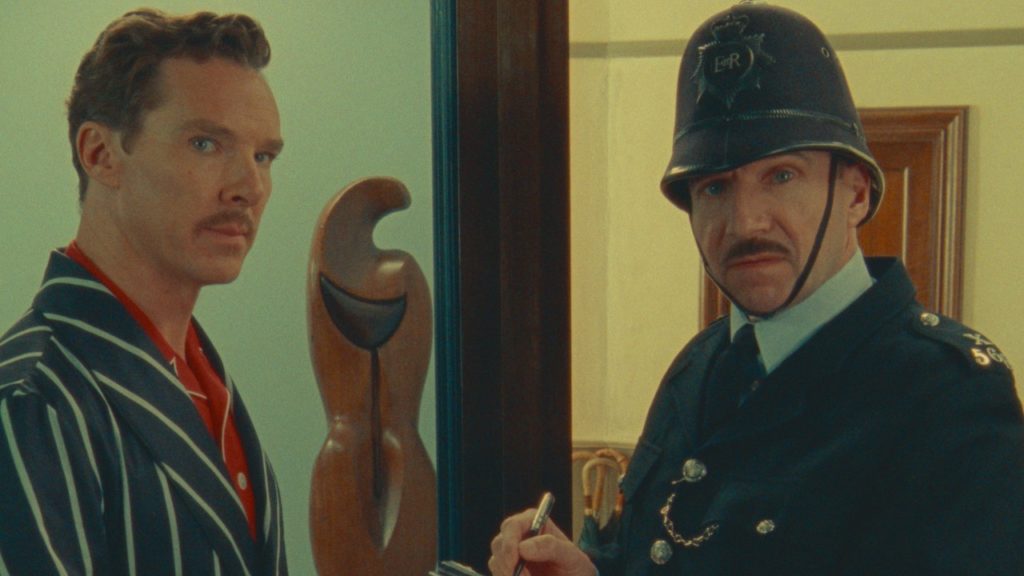
While the dialogue is almost entirely Dahl’s own, the pacing suffers from Anderson’s decision to condense the original short story. The rapid delivery of lines, although engaging, occasionally glosses over the emotional depth of the characters. Moreover, the film’s focus on its meta-narrative elements sometimes overshadows the development of Henry Sugar, who only becomes the focal point in the final third of the film.
Still, “The Wonderful Story of Henry Sugar” stands out for its fidelity to the source material. It is less an adaptation and more a tribute to Dahl, serving as a fantasy collaboration between two artists separated by time but united by imagination. The film is a book about books, a story about stories, and in that lies its most vulnerable and impactful moment: the act of inspiration.
“The Wonderful Story of Henry Sugar” is a cinematic experience that is as complex as it is entertaining. It is a film that challenges the norms of storytelling while paying homage to the literary genius of Roald Dahl. Despite its minor flaws, it is a must-watch for anyone who appreciates the art of cinema and the magic of storytelling.
RATING: 4.5 out of 5.
The Wonderful Story of Henry Sugar is now available.


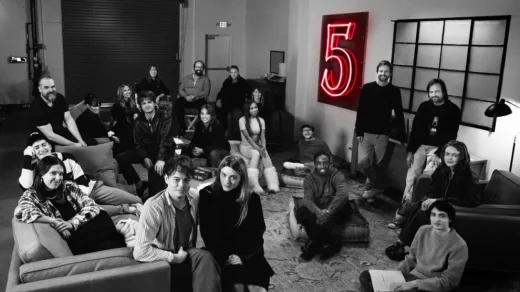
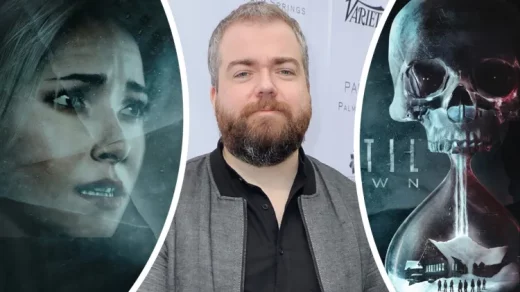
 OpenCritic
OpenCritic